Learning Objectives
Students can identify qualitative and quantitative data.
Students can discern between primary and a secondary sources.
Students understand the implications of data and how it affects a hypothesis
About The Detective: Bavaria
In The Detective: Bavaria, students build skills in data interpretation while attempting to unravel the mysteries surrounding the village of Ingolstadt and Frankenstein Biomedical Lab.
As a rookie FBI agent, students collect clues and identify qualitative and quantitative data, primary and secondary sources, and discern the implications of data and how it affects a hypothesis. Being able to analyze data in this way gives them the ability to combine information from multiple sources to draw conclusions to succeed in the game and in the classroom.
The student is presented with a hypothesis at the beginning of each level. They must navigate around the level, collecting and evaluating clues. Clues can include text, images, graphs, and/or charts. Using their understanding of sources, students must identify whether the clue is qualitative or quantitative in nature, whether it is a primary or secondary source, the implications of the data, and how it relates to the hypothesis.
Students can review a notebook entry for each clue and a “hypothesis graph” to keep track of their progress in each level and how each clue affects their hypothesis. After collecting a pre-defined number of clues, the player can either continue collecting until they have gathered all of the available information or end the scenario by determining if the hypothesis is supported or not.
The learning content of The Detective: Bavaria is scaffolded. In the first of four scenarios, the student must only identify the implications of the data and how it affects the hypothesis (supports or opposes). This is done by selecting from three provided options. In the second scenario, data type (qualitative/quantitative) is added, and in the third scenario data source (primary/secondary) is added. The fourth scenario functions as a summative evaluation, in which the player reviews all of the previous learning.
Bavaria utilizes explicit, just-in-time instruction, immediate feedback after evaluating clues, and delayed feedback at the end of each scenario.
Media


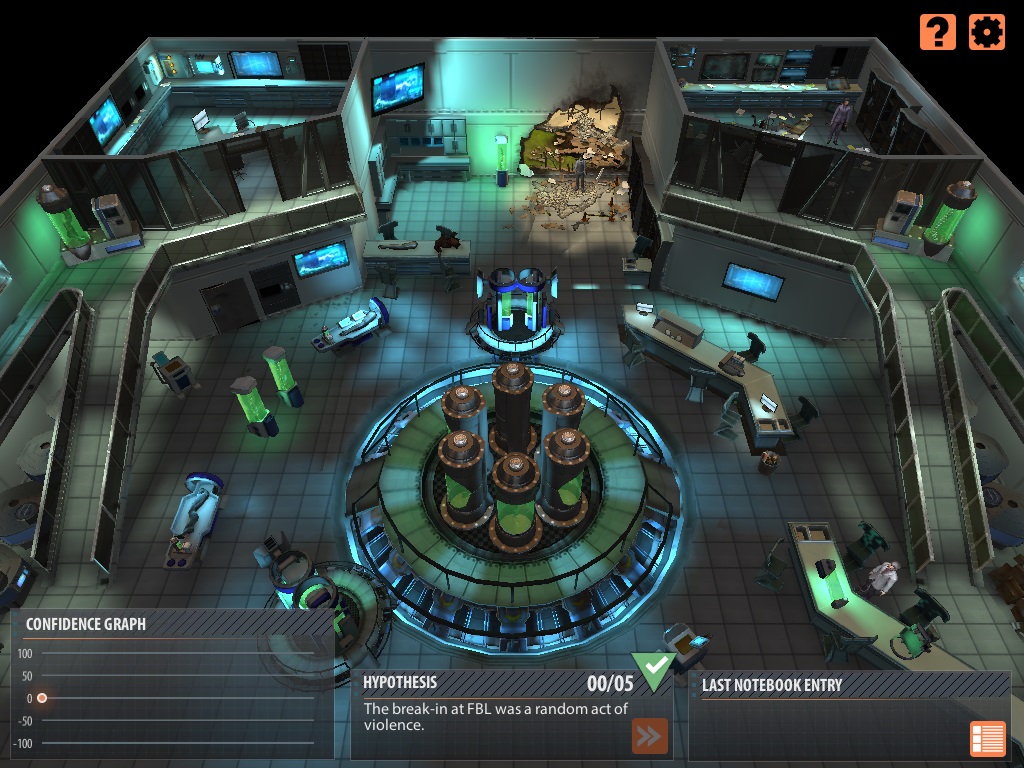
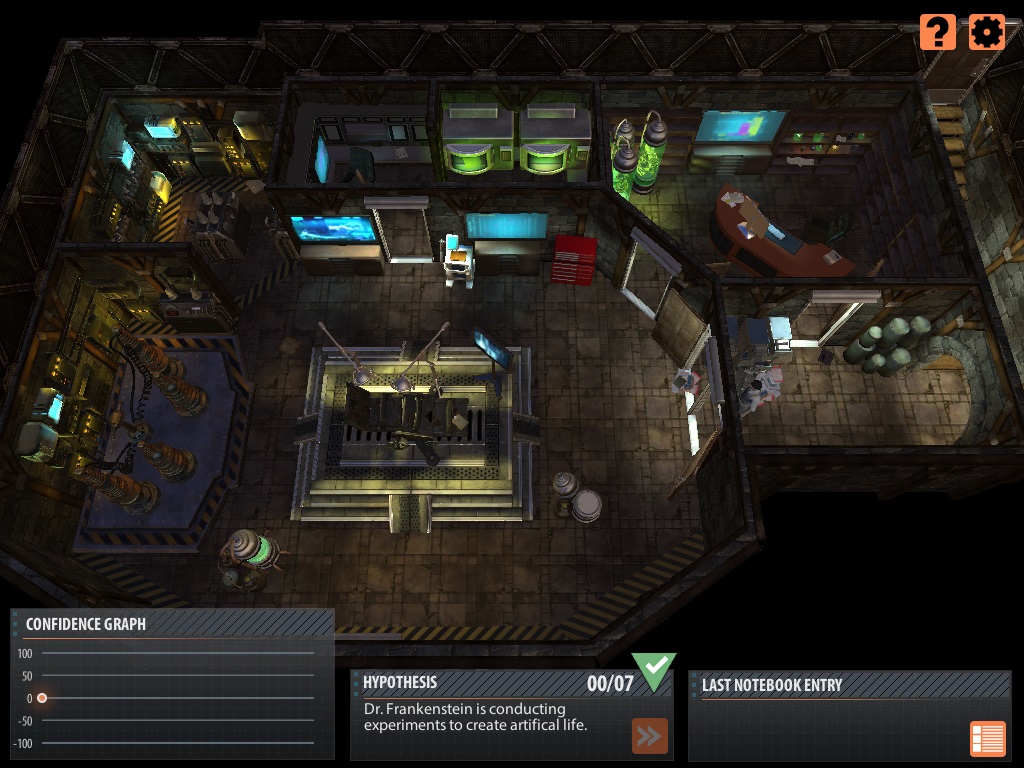
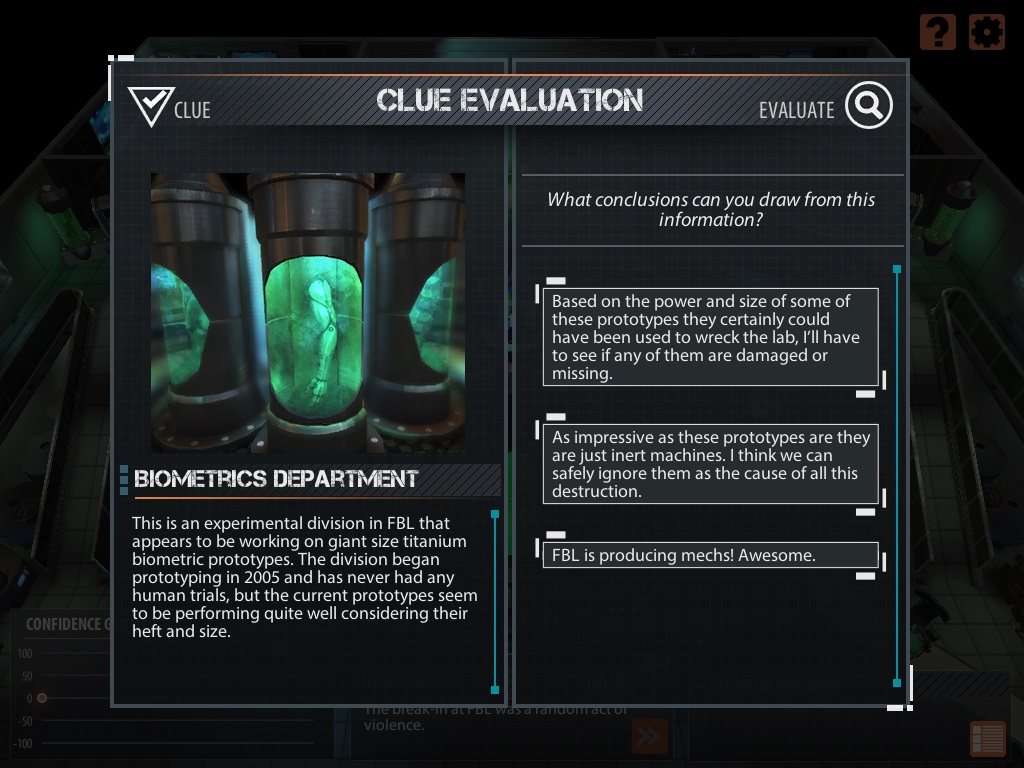
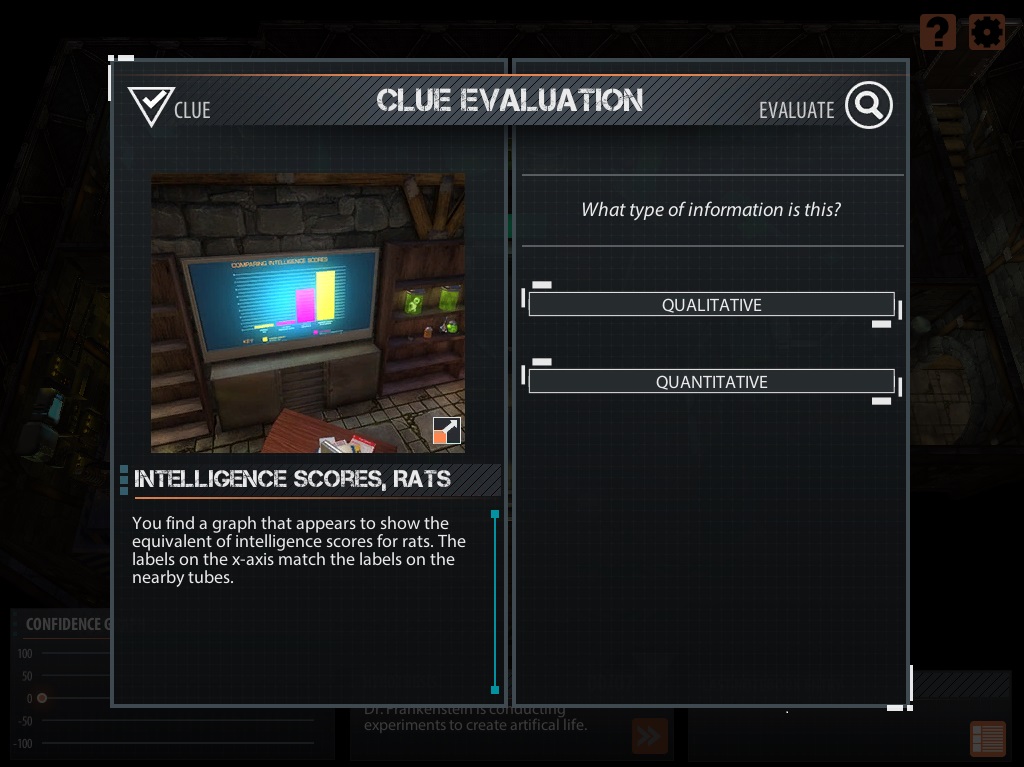
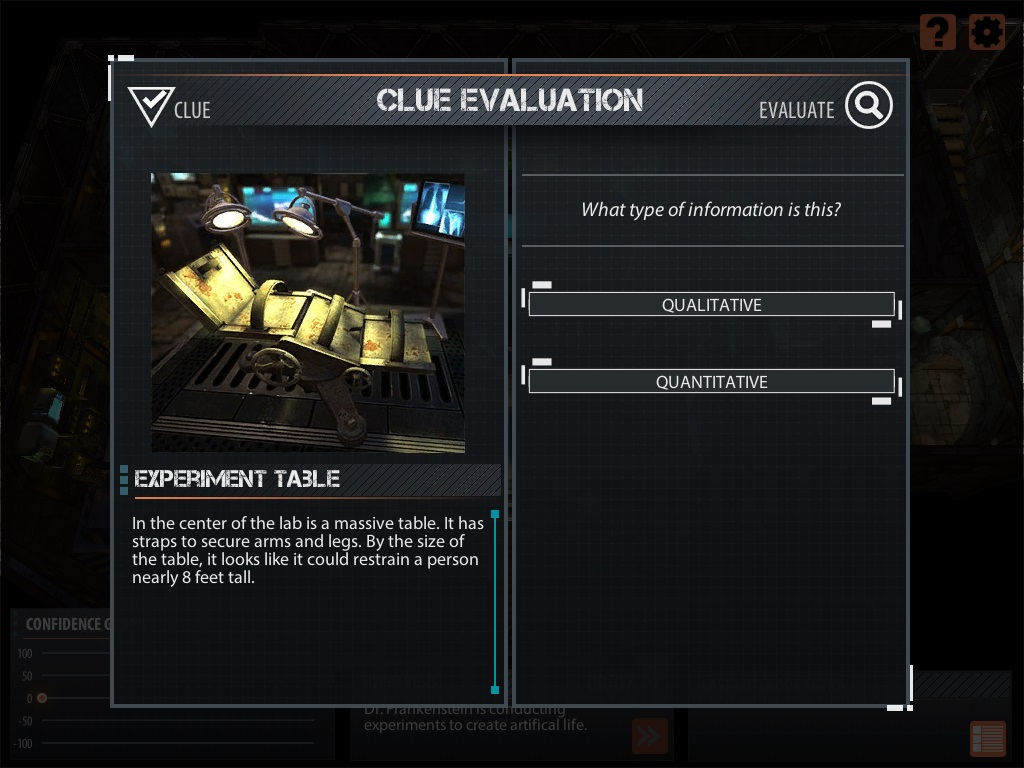

Game Resources
In addition to full implementation support, the K20 Center provides the following documents to help instructors effectively integrate The Detective: Bavaria into their classrooms:
Download AllK20 Game Based Learning
To use K20 Games in your classroom free of charge, please click the button below and create an account on the K20 Game Portal.
Get GamesAwards and Publications
Wilson, S., Engler, C., Black, J., Yager-Elorriaga, D., Thompson, W., McConnell, A., Elizondo, J., Ralston, R. & Terry, R. (2017). Game-based learning and information literacy: A randomized controlled trial to determine the efficacy of two information literacy learning experiences. International Journal of Game-Based Learning, 7(4).
Game Support
If you have an issue with any GBL product, click the button below to visit our support page. From there, you can view frequently ask questions, access useful guides, or contact support.
Request Support

